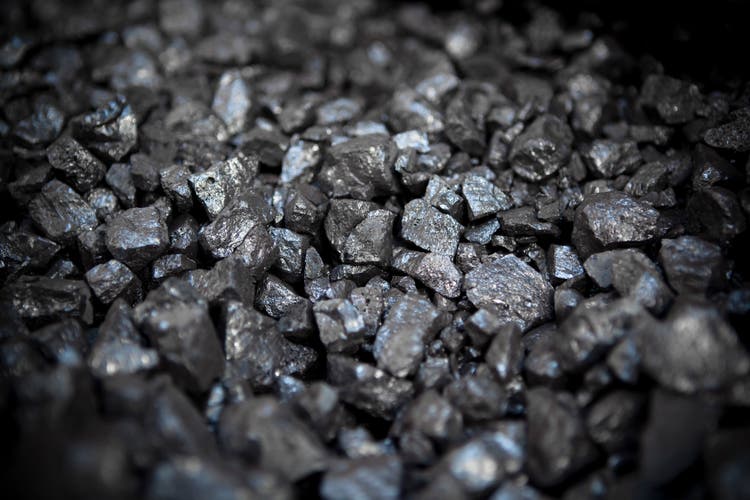dt03mbb/E+ via Getty Images
The Update
Ferroglobe (NASDAQ:GSM) management hosted a Zoom call for investors to clarify questions about the industry backdrop and the company in particular given potential disruptions stemming from the Russia/Ukraine conflict and surging energy prices in Europe driven by European natural gas prices.
I have written about the Russia/Ukraine conflict, European natural gas prices, and Ferroglobe fairly extensively in the past. There are a tremendous amount of moving parts as we’re dealing with complex systems. Write large, the environment is amazing for GSM.
Energy Price Issues
In response to a question about European power prices, the company reiterated that Norway and France are covered by energy contracts through 2022. Spain is exposed since historically they haven’t needed contracts thanks partly to hydro facilities.
The company also reminded everyone that they have been dealing with high Spanish energy prices since q2 2021 and successfully managed through them. They shifted production to minimum levels in Spain especially since q4. That said, they expect the Spanish government to take steps to bring prices down shortly. My guess is those steps would involve government assistance like Germany just announced.
Moreover, the company has force majeure/hardship clauses in their contracts this year, which they haven’t had before. These clauses will allow them to pass through higher energy costs to customers via surcharges. North America and South Africa electricity prices are stable.
Supply Chain
The Ukraine conflict has disrupted supply of met coke and anthracite from Russia. Both are used for production of manganese alloy. The company has found alternative supply for coke through Q2 at least and didn’t sound too concerned about supply post the second quarter. Anthracite is also generally covered as it’s a widely available material.
Graphic electrodes are fine through 2022. Carbon electrodes from Russia are disrupted. The company has production in China that they are ramping up from 50% of capacity to 100%. Since ports in China are backed up thanks to Covid, GSM has to air freight the cathodes instead of putting them on ships. That change involves more cost, but the company has supply and expects cathodes from China to start arriving at their plants in May.
Bottom line, production should have no interruptions.
Pricing and Demand Environment
Conflict has propelled pricing even higher for ferrosilicon as anyone can see by tracking indexes. As the company mentioned on its Q4 conference call, tightness is expected to continue due to Russia accounting for huge supply of ferrosilicon in Europe and the US. Once inventory stocks work down, we could see prices move even higher.
The company also pointed out that Ukraine is the third largest producer of manganese alloys and Russia is number four, behind China and India. Ukrainian productions/shipping is pretty much shut. Russia is up and running, but it’s not clear if they can ship.
Risks
The only real concern is customers slowing down production because of inability to source materials other than silicon metal and the allows. That hasn’t been an issue to date. Otherwise, pricing of their metals could always come down although index pricing silicon metal remains stable worldwide and alloys are very strong because of the Ukraine conflict.
Conclusion
I believe this company could generate upwards of $500 million of cash this year. That translates to over $2.50 per share. They will invest a portion (~$75mm) in deferred capital expenditure and use the rest to reduce gross debt. I believe this company will finish the year at zero net debt, possibly even achieving that status in the third quarter of this year. At 3x that cash flow number, I continue to see this stock as a potential double.


Be the first to comment